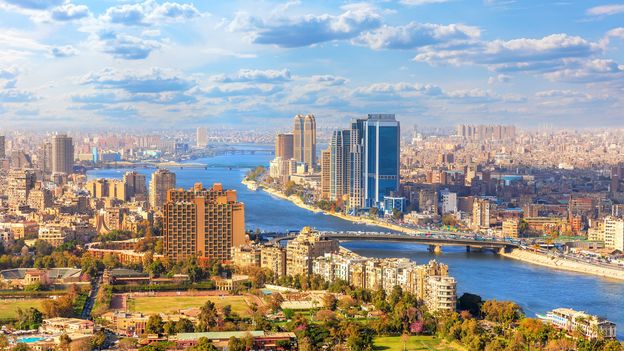Te Urewera is the largest rainforest of New Zealand’s North Island, spanning 2,127 sq km of rugged hill country, vast blue-green lakes and fast-running, north-flowing rivers. In 2014, a world-first law brought an end to government ownership of Te Urewera National Park and recognised the rainforest as its own legal entity and the Tūhoe people as its legal guardians.
Today, the Tūhoe – who number approximately 40,000, with around 7,000 living in Te Urewera’s river valleys and bush clearings – are legally responsible for the rainforest’s care. They protect the precious site through an ancient Maori practice known as kaitiakitanga, which can roughly be translated to mean “guardianship” and is a way of managing the environment based on a Māori worldview.
You may also be interested in:
• Why First Nations are uninviting visitors
• Japan’s forgotten indigenous people
• Why is New Zealand so progressive
Kaitiakitanga involves understanding the close connection between people and nature, seeing humans as part of the natural world and protecting the mauri, or life force, of the forests, rivers and lakes under their care. On a day-to-day level, it includes monitoring the health of the forest, lakes and rivers through observation and data collection, native tree planting, controlling pests such as possums and deer and maintaining the health of important fish stocks such as river tuna (Māori for eels).
Tribal leader Tamati Kruger told me that increasing numbers of people are coming to Te Urewera to hunt, fish and hike around its most popular lake, Lake Waikaremoana. Although the Tūhoe welcome visitors, the challenge, he said, is to manage tourist numbers and the impact of tourism on the environment, while taking over the care of the former national park after nearly 70 years of government management.














